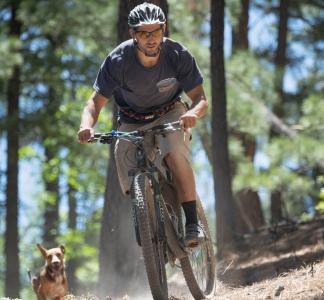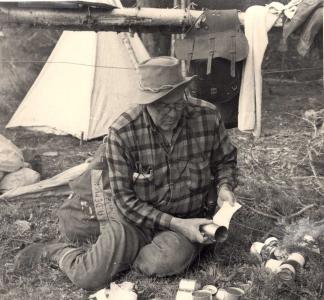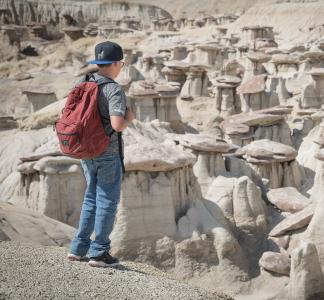Why the wildest places in America should stay free of mountain biking
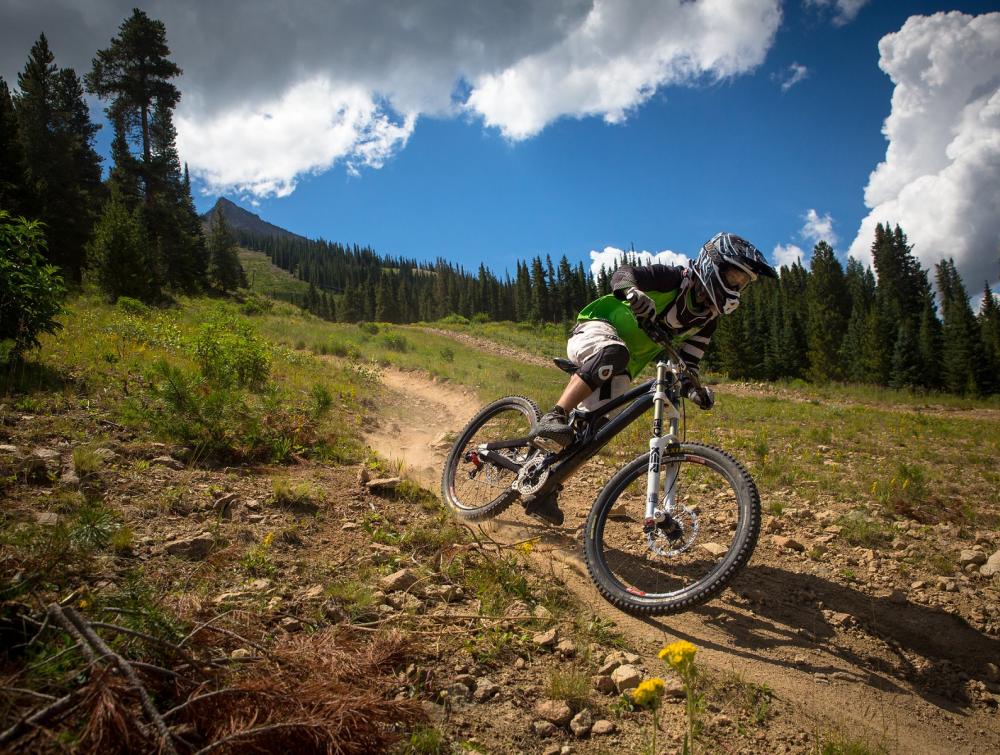
Crusted Butte, Colorado
Zach Dischner
Vast majority of public lands are or can be made available for mountain biking
Mountain biking is a popular outdoor pastime with a community of conservation-minded advocate. But a new, radical bill would establish a troubling precedent by allowing this activity into federally designated wilderness.
The Human-Powered Travel in Wilderness Areas Act, introduced by Sens. Mike Lee and Orrin Hatch, would press the National Park Service and other federal land management agencies to decide within two years whether to allow mountain biking and other transportation in federal wilderness areas. If the agencies don't make a decision, routes and trails in wilderness will automatically become open to mountain biking.
The bill would overturn 50 years of wilderness management practice and dovetails with "public land takeover" legislation creeping into state legislatures and the U.S. Congress in undermining core conservation values. This bill would lead to a management nightmare for already cash-strapped (and often shorthanded) land agencies.
Some radical mountain biking groups are clamoring to support this legislation, but it would be both bad policy and a bad precedent for American public lands. Read on to see why.
FACT: The Wilderness Act sets aside places for non-mechanical recreation
The Wilderness Act of 1964 established the framework of the modern National Wilderness Preservation System as a network of lands both “untrammeled” and essentially unchanged by man. From the very beginning, that meant no mechanical transportation; leaders at The Wilderness Society, in Congress, and across the country championed quiet and "primitive" recreation in these very select areas. Modern mountain bikes did not exist at the time of the law's passage, but the legislation was written in broad terms to guard against such inventions. Wilderness historian Douglas Scott has explained that mountain bikes are “exactly the sort of mechanical transport the law intended to prohibit in wilderness.”
Even the president of the International Mountain Bicycling Association (IMBA), which supports increased access for mountain bikes, notes that changing the Wilderness Act may bring "unintended consequences." The group’s official position is to “continue to respect both the Wilderness Act and the federal land agencies' regulations that bicycles are not allowed in existing Wilderness areas.”
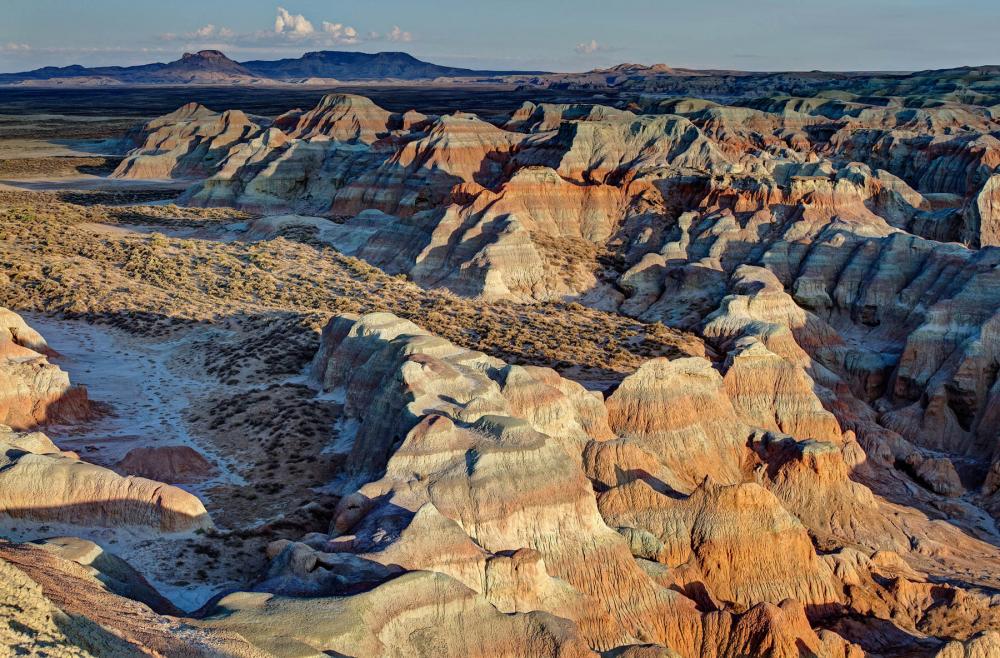
Northern Red Desert, WY
Kathy Lichtendahl
FACT: The vast majority of public lands are still open to mountain biking
Of the more than 630 million acres of federally managed public lands in the U.S., only about 17 percent is designated wilderness. While regulations vary from place to place, that means hundreds of millions of acres of national parks, forests, wildlife refuges, trails and other wildlands are or can be made available for mountain biking. These places tend to be closer and more accessible to communities, and a better bet for trail construction and maintenance that helps the most people possible.
Mountain bikers do need more trails and guaranteed access to the outdoors, but allowing potentially damaging recreation in America’s wildest places is not the answer.
We should instead be finding common ground and working together to increase funding for trails maintenance and new trail construction in the 97 percent of the country that is not federally designated wilderness.
FACT: New mountain biking bill could set a dangerous precedent
It is no surprise that this legislation was introduced by Sen. Mike Lee (R-UT). He has worked for years to undermine our nation's conservation laws, and is now one of the putative leaders of the "land takeover" movement to hand over our national public lands to the states.
Even beyond undermining the intent of the Wilderness Act, Sen. Lee's proposed bill would have major consequences. If mountain biking is allowed in wilderness, it would pave the way for other previously forbidden activities. No less than IMBA, which praises elements of Lee’s bill, still expresses concern about how it could facilitate “a public land seizure agenda.” At the very least, this represents a similar assault on cherished conservation values.
FACT: Mountain bikers and conservationists are not at odds—they are partners
The Wilderness Society supports sustainable outdoor recreation. When managed properly, there is a place for all forms of recreation on public lands, from off-road vehicle use to hiking, mountain biking and horse packing. We work across the U.S. to ensure people have access to wildlands so that they can enjoy them. Unfortunately, this new legislation would prioritize one form of recreation over all others and effectively eliminate some of the diverse recreational choices we have today.
In places like Colorado’s Hermosa Creek Watershed and New Mexico’s Columbine Hondo Wilderness, public lands advocates and mountain bikers have worked together to craft plans that keep open access to biking trails while still protecting nearby land as wilderness. We must follow those examples, using existing legislative tools to find common ground—not overhauling a bedrock conservation law to open up the few wildlands that belong in a special category.
Policy specifics aside, mountain bikers and conservationists are often one and the same group—people with a vested interest in preserving wild places. Try as they may, no politician can change that.
